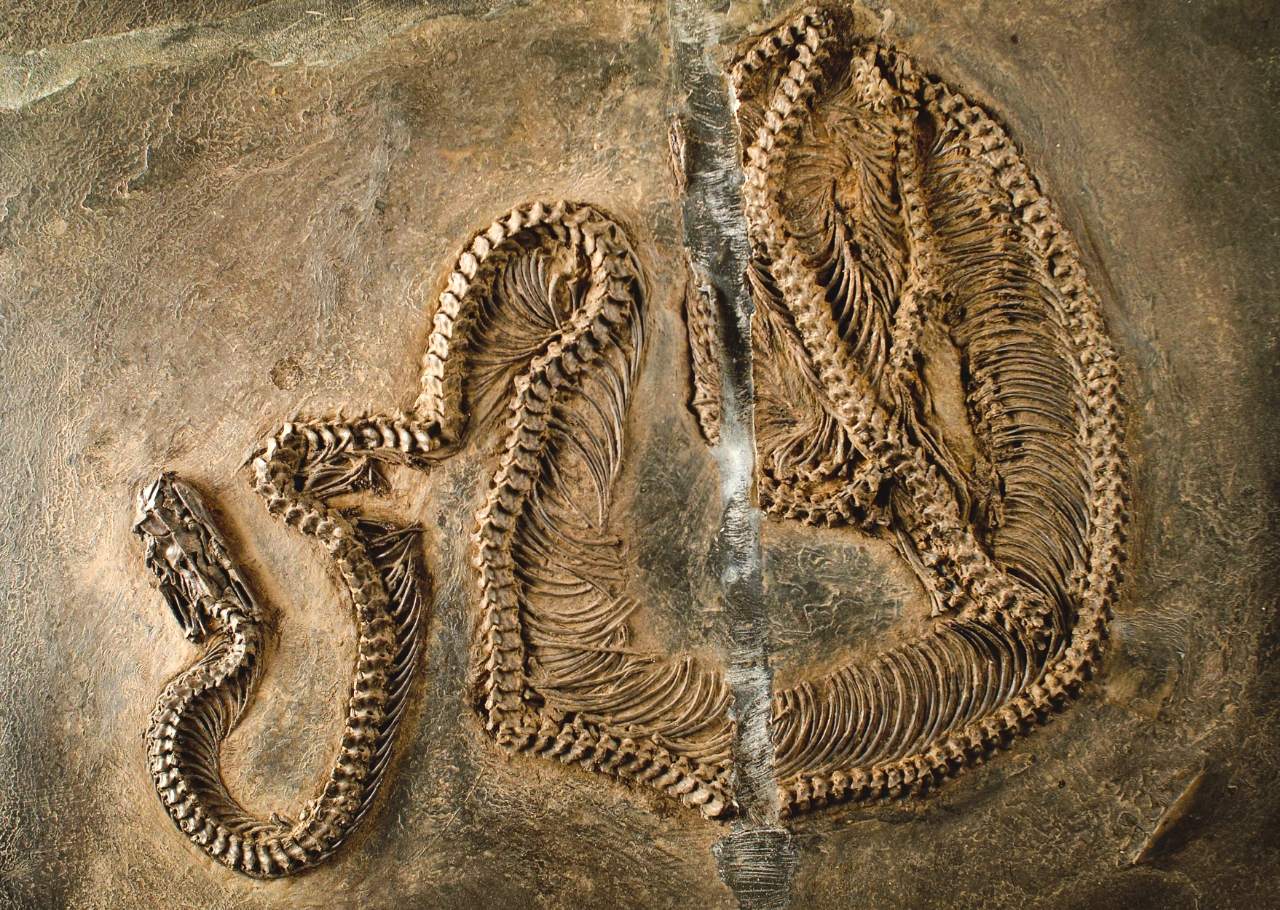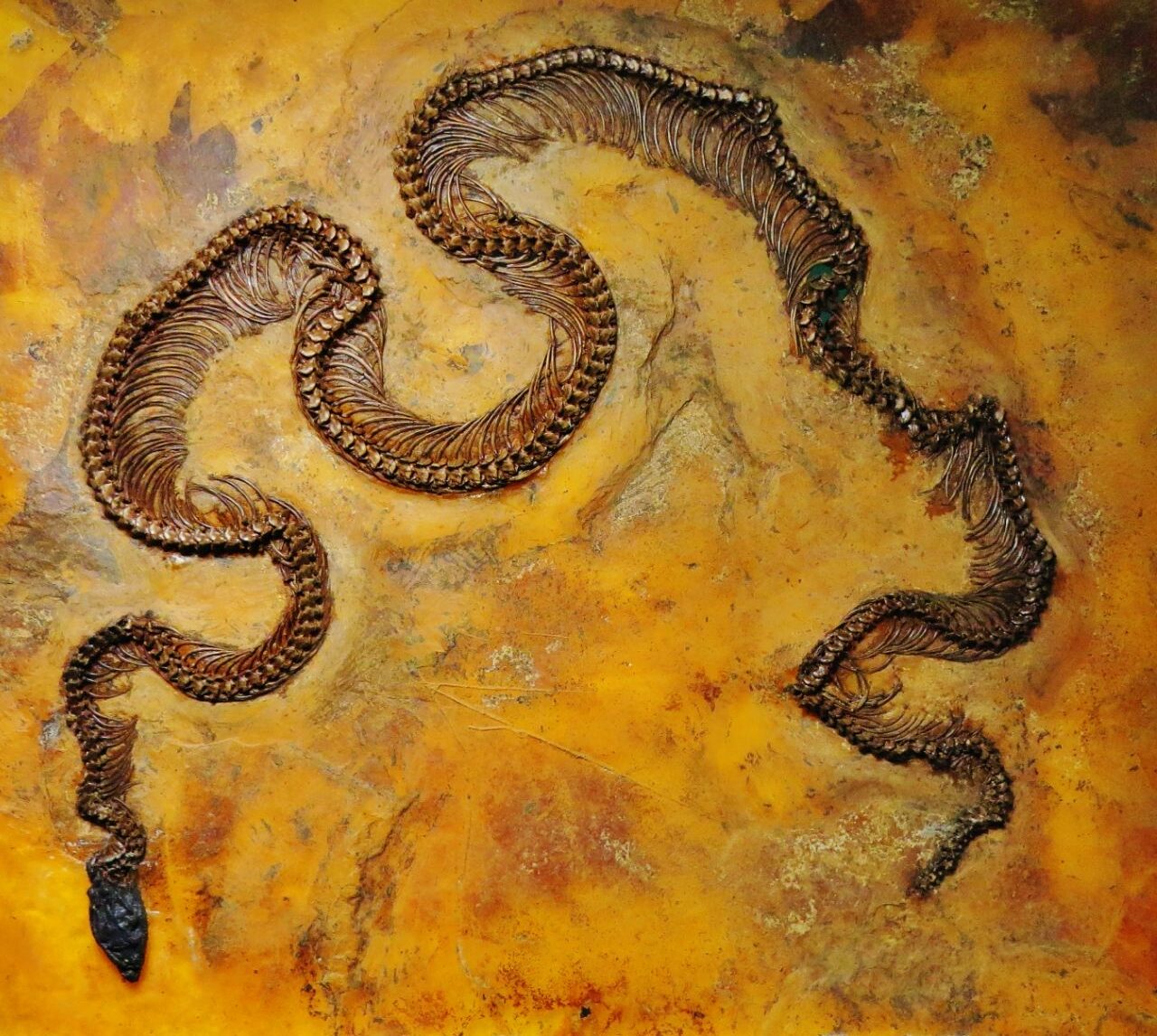The Messel Pit is a well-known UNESCO world heritage site located in Germany, known for its exceptional preservation of fossils from the Eocene epoch around 48 million years ago.

Krister Smith of the Senckenberg Research Institute and Museum in Frankfurt, Germany, and Agustn Scanferla of the Universidad Nacional de La Plata in Argentina led a team of experts to an amazing discovery in the Messel Pit. Their study, which was published in the scientific journal Diversity 2020, gave new insights into the early development of snakes. The team’s research reveals an exceptional fossil of a snake with infrared vision, leading to a new understanding of the ancient ecosystem.
According to their research, a snake that was formerly classified as Palaeopython fischeri is actually a member of an extinct genus of constrictor (commonly known as boas or boids) and is able to create an infrared image of its surroundings. In 2004, Stephan Schaal named the snake after former German minister, Joschka Fischer. As the scientific study revealed that the genus constituted a different lineage, in 2020, it was reassigned as the new genus Eoconstrictor, which is related to the South American boas.

Complete skeletons of snakes are only rarely found in fossil sites around the world. In this regard, the Messel Pit UNESCO World Heritage Site near Darmstadt is an exception. “To date, four extremely well-preserved snake species could be described from the Messel Pit,” explained Dr. Krister Smith of the Senckenberg Research Institute and Natural History Museum, and he continued, “With a length of approximately 50 centimeters, two of these species were relatively small; the species previously known as Palaeopython fischer, on the other hand, could reach a length of more than two meters. While it was primarily terrestrial, it was probably also capable of climbing into trees.”
A comprehensive examination of Eoconstrictor fischeri’s neural circuits revealed yet another surprise. The neural circuits of the Messel snake are similar to those of recent big boas and pythons – snakes with pit organs. These organs, which are positioned between the upper and lower jaw plates, enable snakes to construct a three-dimensional thermal map of their environment by mixing visible light and infrared radiation. This allows the reptiles to locate prey animals, predators, or hiding locations more easily.

However, in Eoconstrictor fischeri these organs were only present on the upper jaw. Moreover, there is no evidence that this snake preferred warm-blooded prey. Until now, researchers could only confirm cold-blooded prey animals such as crocodiles and lizards in its stomach and intestinal contents.
Because of this, the group of researchers come to the conclusion that the early pit organs functioned to improve the snakes’ sensory awareness in general, and that, with the exception of current constrictor snakes, they were not primarily used for hunting or defense.
The discovery of the well-preserved ancient fossil snake with infrared vision sheds new light on the biodiversity of this ecosystem over 48 million years ago. This study is a remarkable example of how scientific research in paleontology can add value to our understanding of the natural world and the evolution of life on Earth.